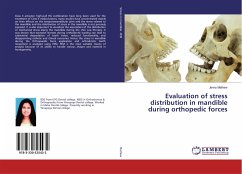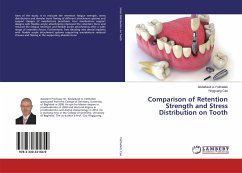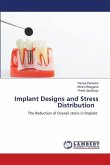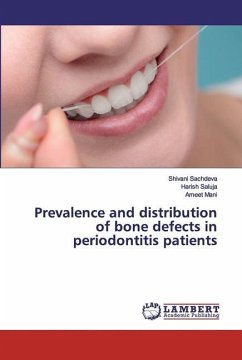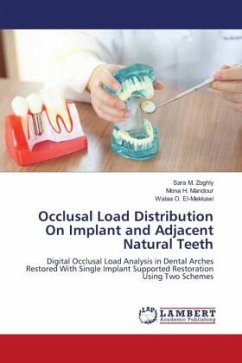Endodontically treated teeth can be restored with a wide range of techniques of varying complexity. Selecting the optimum restorative modality to compensate for the loss of coronal tooth structure is considered the key to restorative success. Multiple factors must be considered in choosing a nal restoration. Essential considerations include the amount of remaining sound tooth structure, occlusal function, opposing dentition, and position of tooth in the arch, as well as length, width and curvature of the root. The main indication of a post is to retain the core that can be used to support the nal restoration. The decision regarding post placement should be made based on the amount of coronal remaining tooth structure. Thus in this study we use Three Dimensional Finite Element Analysis to evaluate the stress distribution in endodontically treated single rooted premolars that were restored with different post systems- cast post, stainless steel screw post, parallel sided steel post, fibre posts.


